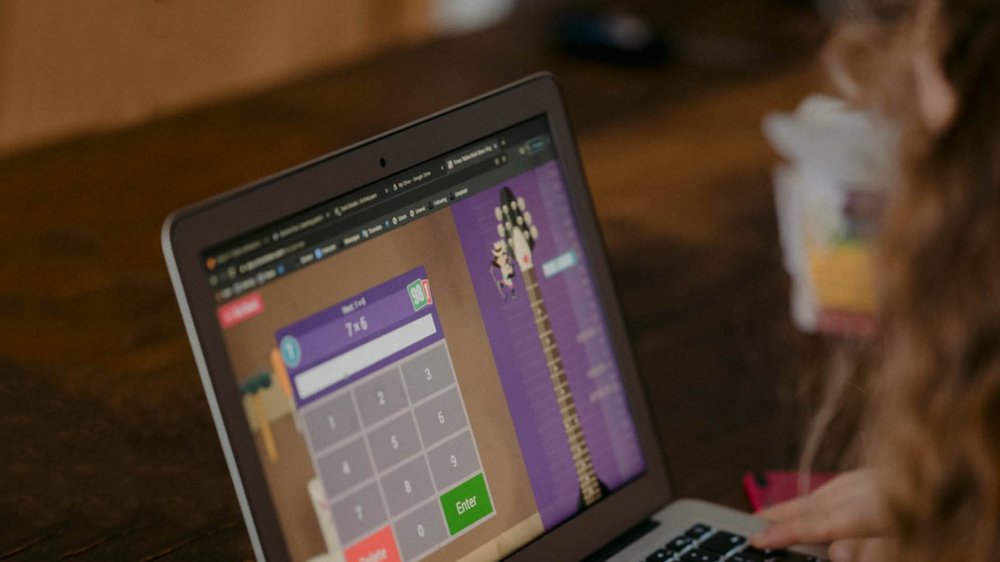Communities have found themselves immersed in an age when schools and teaching technology is catching up with societal needs. COVID-19 has emerged as the newest threat to health and safety and calls for all around rethinking of not simply teaching and learning but the support systems that surround them.
Because of other issues, policing is also looking at radical reform in its services. One of the suggestions being considered is to use school resource officer funding to provide social workers and humanitarians to assist/accompany officers on general calls and patrol. Those who make these suggestions may never have associated or been in a coworker situation with a good school resource officer.
School resource officers are part social worker. At their best, they provide at-risk youth a much needed liaison with social workers, child protective entities, and educators. Well-trained officers can connect with youth on a different level than any other adult and can provide a sense of safety and security to young people in adverse situations. To remove this part of a school safety scaffold is risky and converse to the safety of children. Principals, teachers and parents, as well as students, rely on this integral part of a child safety network.
The previous role of the school resource officer may however need some rethinking. School leaders are planning a hybrid approach to education in the reopening of schools. School buildings will still be open, but some students may choose to receive their education services online. The school officer may be providing a portion of their services that way as well, integrating their services in an online environment. As the teacher has had to add technology to their multi-faceted role so will the officer. There are many ways that the officer will enhance the learning experience of youth in this hybrid environment.
- Currently school resource officers offer classes on personal and community safety. That role is one that should remain. Officers can utilize the same learning platform as the teachers, providing supplemental instruction or stand-alone classes on personal safety, driving safety, and substance abuse online and in person.
- School Resource Officers have a select group of youth they check in with on a regular basis. These include youth that are in homes that are suspect of abuse and neglect, youth interested in law enforcement careers, youth that have engaged in aggressive behavior, youth that are at-risk academically or socially, and youth that are in juvenile probation situations. They can make online and in person counseling available.
- One of the challenges of online education is the concern for the welfare of the youth. Teachers and other school personnel, including SROs, will not be able to have the same "eyes on" the student and there may be cause for concern that they are unable to see or feel because of the online environment. This could be anything from abuse and neglect of a child or family emergencies for a variety of reasons. Officers are empowered to do welfare checks of children and adults and in many cases are needed partners in education home visits to facilitate school technology use, delivers supplemental classroom materials, and supplemental instruction. They can also add an element of security to an educators necessary but reluctant home visit.
- Just as it has in the education profession, technology has changed the law enforcement profession. Officers are able to connect with a wide variety of database systems that can provide information on individuals. As the youth are more distanced from school, concern increases for their health, safety, and welfare and officers may be able to utilize their information to add insight to a youth's overall condition.
- In addition to their expertise in building safety and security, school resource officers can and will become the safety sentinel for school-aged children for the district and school. Their presence online and in-person at school and community events is critical to the protection and overall health and welfare of the school community and is especially critical for children that because of the online environment are unseen. They provide not just their services but a link to law enforcement and support that can be relied on 24/7 to provide family and youth services when needed. Their personal knowledge of youth and families can provide insight to others on their law enforcement team.
I sincerely hope that those who work to rethink the education of children will see these officers as I have seen them in my career. They are part of a holistic education team that holds the safety and security of youth in their community as their primary priority. The integrity of that position is critical and cannot be replaced or deleted.
About the author
Christy Martin recently retired with 30 plus years of experience as an educator in K-12 and higher education and another 6 years in social service for foster youth. She considers advocating for at-risk youth a calling. Since retiring in February, she has returned to her love of writing, currently practicing that craft by writing about child welfare and school issues. She lives in East Tennessee, 15 miles from the Great Smoky Mountains National Park.











